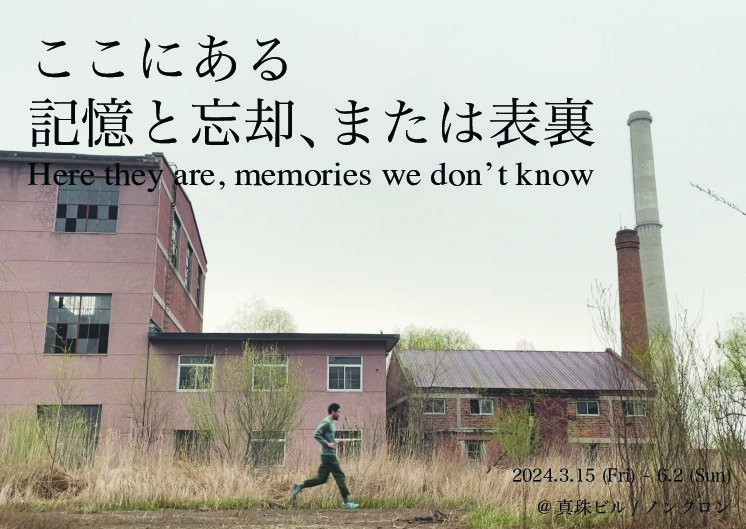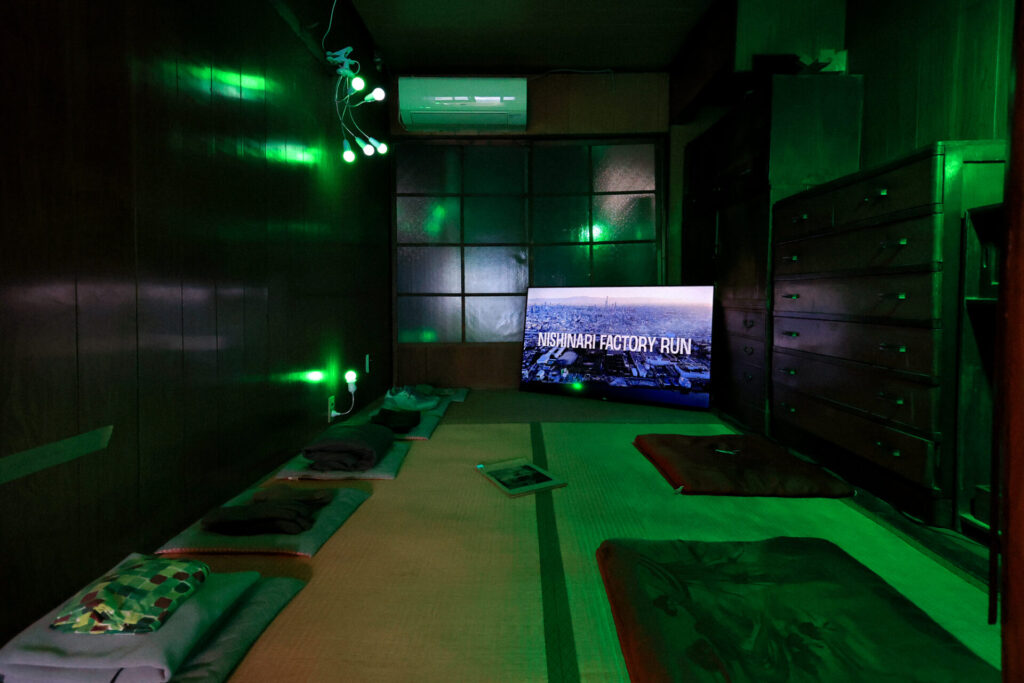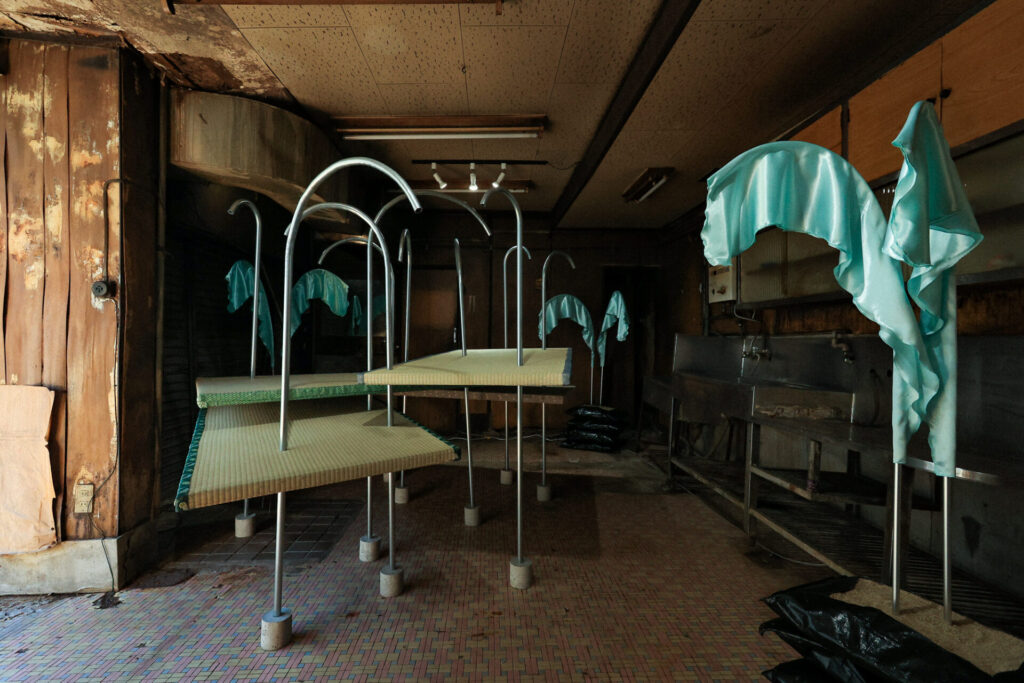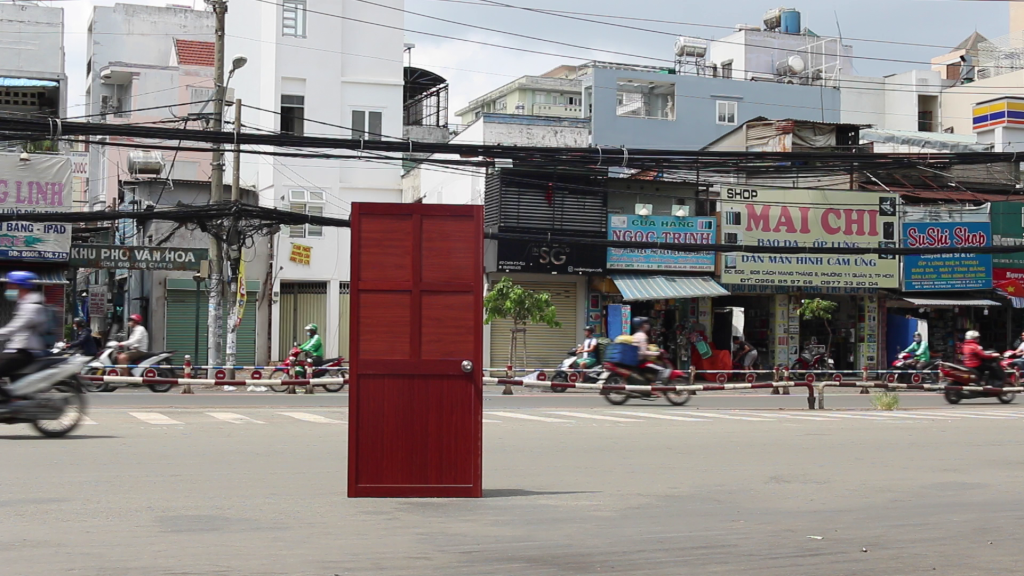Event

Here they are,memories we don’t know
2024.03.15(FRI)-06.02(SUN)
Shinju
〒649-2201 Keneda 1385-1 Shirahama Town, Nishimuro-Gun, Wakayama Prefecture
The Kinan Art Week Executive Committee is pleased to announce the exhibition “Here they are,memories we don’t know” at the Shinju Building/Nongkrong in front of Nanki-Shirahama Station, Wakayama Prefecture.
This exhibition is a reconstruction of the exhibition organized by Production Zomia for “Study: Osaka Kansai International Art Festival Vol. 3” held in Osaka Prefecture in 2023, adapted to the Shinju Building/Nongkrong.
The artists introduced by Production Zomia in this exhibition explore the past, indicate another path leading to the present, and shake up conventional perceptions by providing multiple perspectives on familiar things. Rather than overturning correctness or values in the present, it is seen as a way to create a different world through individual sensibility. Living in a complex world is never easy. Accepting complexity as it is and building richness of the world through the diverse perspectives and personal visions of individuals is also a feat achievable through our imagination.
Shirahama prospered as one of the best tourist destinations in Japan after the postwar reconstruction period, and even now, inbound demand is creating a new bustle in the area. The current Shirahama, built by the Showa period and the tourism industry, may also be undergoing major changes.
When observing old townscapes or objects, one may feel a sense of nostalgia and longing. These feelings can be rooted in personal memories, as well as images, photographs, descriptions, and traditions—knowledge and information accumulated over time. Sometimes, experiences that seem unfamiliar can be perceived as déjà vu, blurring the lines between what has been directly experienced and what has been seen or heard before.
The phrase “history is written by the victors” suggests that much of what we know about the past is recorded by those in power, the majority, or individuals with the authority and technology to document events. The value and meaning of objects also change over time, often indicating a larger societal direction.
Behind this, however, lie countless memories and stories that were not preserved. Our present, too, will eventually become one of those countless pasts.
What can we, living in the present, leave? How can we confront the present, which will become the past?
The worlds discovered by artists within the overlooked aspects of the past may provide clues to these questions.
【Event overview】
Date: 03.15(FRI) to 06.02(SUN), 2024
Time: 10:00-20:00 (Closed on Mondays)
Venue: nongkrong / 1385-1 Katata, Shirahama-cho, Nishimuro-gun, Wakayama Prefecture 649-2201
Admission fee: Free admission
Organizer: Kinan Art Week Executive Committee
Curation: Production Zomia
Cooperation: Aura Contemporary Arts Foundation, Artport Co., Ltd. Artlogue Co., Ltd., Salon Shinju/Nongklong, Nanki-Shirahama Tourism Association.

Kim Gemini (South Korea)
<Nishinari Factory Run>, 2023, mixed media (single-channel video, 7 min., photo, book)
In recent years, Kim Gemini has been researching and creating works about trade with machine factories as a post-colonial industry in Asian countries. This exhibition focuses on the Dainippon Boseki Co. that once existed where Nishinari Park is currently located, reminding the viewer of the scenery and breath that the people who worked there must have seen.

TSUNEGI Risa (Japan)
<Flat Relationship>, 2023, mixed media
TSUNEGI evokes different images by stripping away and reconstructing the roles of familiar everyday objects. It is as if she is physically measuring things and exploring landscapes she has not yet seen. Objects produced by her that are organic but devoid of human hand-worn and warm feelings present a variety of perspectives that cannot be summed up by dualisms such as strength/weakness or lightness/darkness.

Maung Day (Myanmar)
<Monument of Doubt>, 2018, Single Channel Video(9 min 17 seconds)
Maung Day created <Monument of Doubt> during an artist-in-residence in Ho Chi Minh City, Vietnam. Monuments are generally created to preserve past events behind the context of history, religion or political ideas. The doors depicted in the work in undergoing urban development as a stage move without staying in one place. The doors, supported by a single person, appear too fragile, but by contrasting them with monuments as symbols of propaganda and power, they raise questions about the past and values that we passively accept.

Moe Myat May Zarchi (Myanmar)
<Splash>, 2015, Single Channel Video(1 min 41 second)
Moe Myat May Zarchi is a new generation artist from Myanmar who works as a filmmaker and musician. The work in this exhibition, <Splash>, is created by directly collaging old 16mm film without using digital editing, and includes footage of what appears to be Japan during its period of rapid economic growth. The abandoned images of the past are pieced together to create new images with vivid colours and fast rhythms. What can we see in this cycle of oblivion and memories, disappearance and generation?
